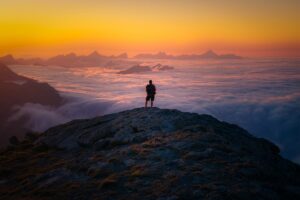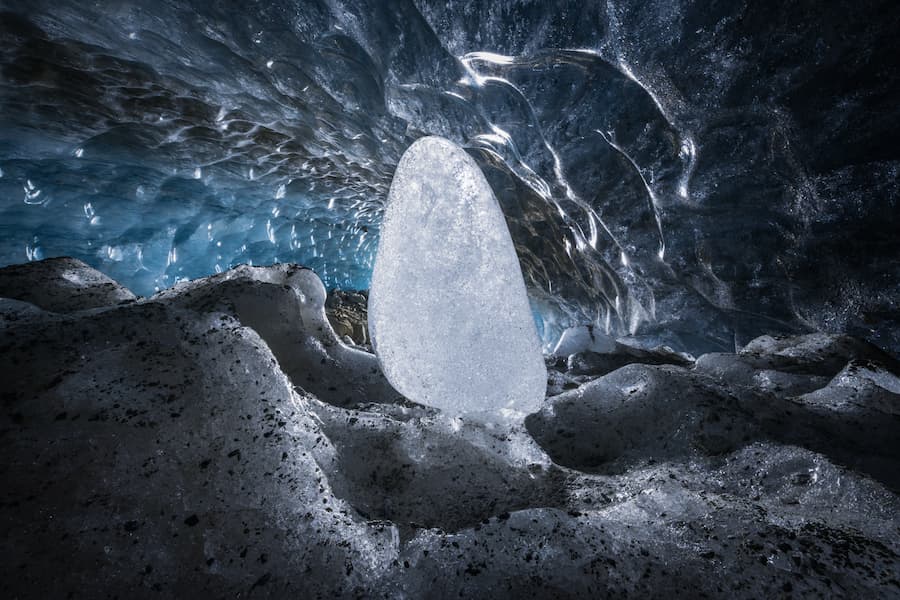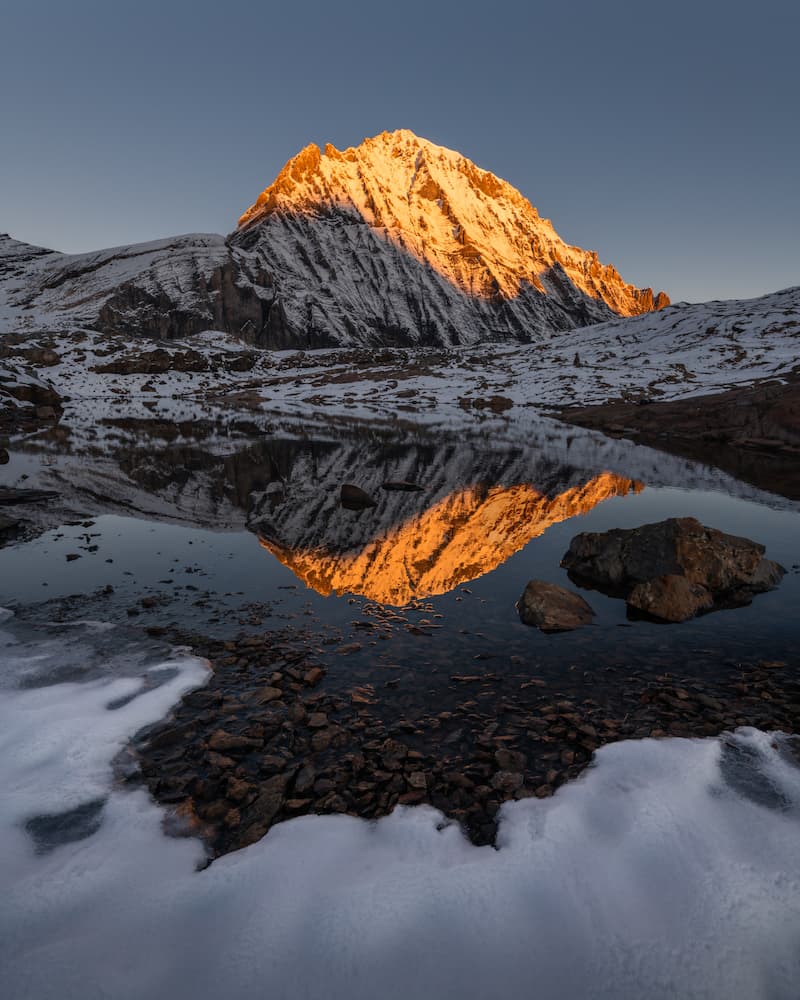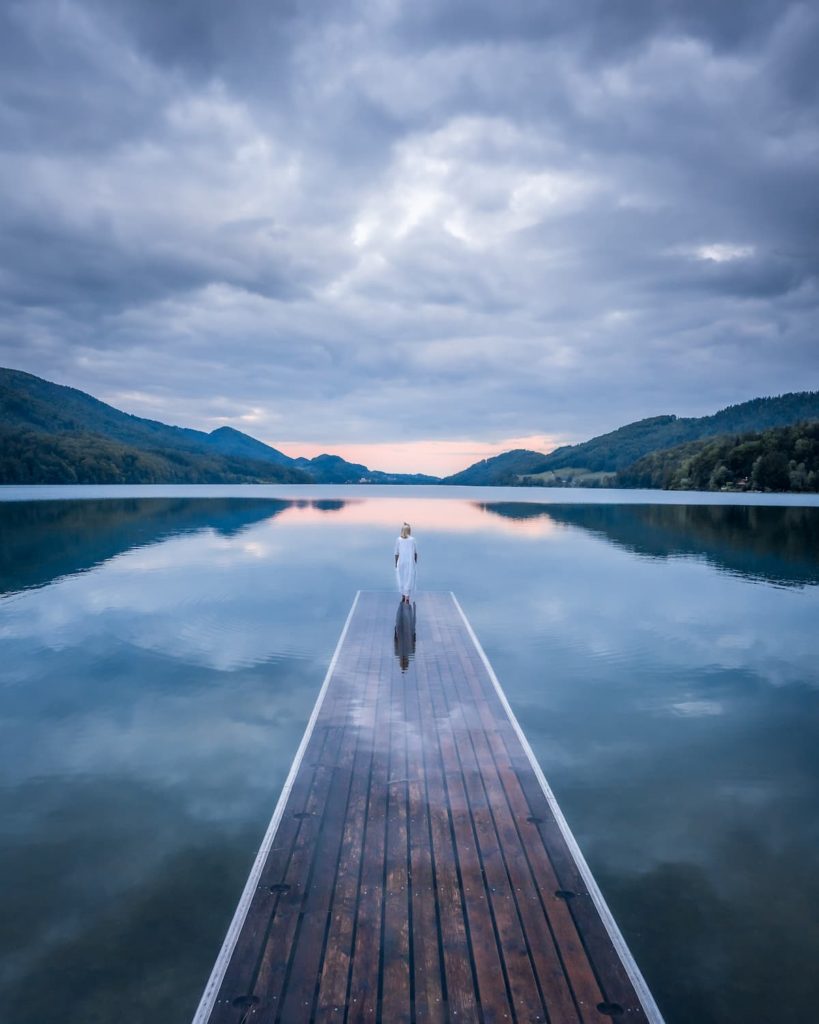
Atilla Bayraktar
@loaks.photography
Photographer based in Switzerland
My passion for nature has always been there. Even as a boy, I was in the forest instead of playing soccer. As a teenager, neither cars nor beer really interested me, but natural science and geography did. Animals, plants, forests, and mountains give my mind the drive and always arouse my interest and curiosity anew.
Capturing the incredibly beautiful shapes and colors of nature is something I started doing around the age of 18. First with my flea market cameras of my mother and later with the digital compact cameras in fully automatic mode. At that time I photographed mainly flowers, plants, and textures from nature. Landscapes were never in my focus.
Then, four years ago I was on vacation in the Dolomites with my girlfriend. Since I learned a lot about landscape photography from my work colleague at the time, I wanted to visit the Three Peaks. However, my girlfriend didn’t want to drive the long way during this short vacation.
Then it started. I dreamed the same dream every week for a whole year. The dream started with a hike (which always varied) and ended each time with the scenario of me photographing the Three Peaks in the best light with a high-quality camera. So I finally bought a full-frame camera and broke the dream curse. Since then, I only dreamt of other mountains and landscapes.
"So I've been photographing mountains in this intensity and with full-frame cameras for exactly 3 years now."
Before that, I was in a band where I had no time for more hobbies. Since the pandemic, however, it has turned the other way around. And it stays that way. I feel more comfortable in the mountains than in clubs. Even though that was also a very cool time and I still love to produce music.
Based on my experience and if you are planning quite some photography hikes for this year, bear in mind the following:
1) Take your crampons and a winter (not summer!) sleeping bag with you in the cold season. – Mountains are not a playground and experience/equipment is a must, I had to learn that the hard way myself.
2) If you find someone else’s rubbish and somehow have room for it, take it down to the valley and dispose of it. – I’ve been doing this for two years now and I should have done it from the start.
3) Write down the location of the stones, which you take with you as a souvenir, then the geologist can tell more about it. – My garden is already adorned with a considerable collection of beautiful stones from the mountains.
4) You don’t miss anything when the sky is burning without you, so take it easy – Life is not just about photography so take time for your loved ones, friends, and family even if the weather app tempts you to cancel.
These tips will help you in enjoying the mountains and take full advantage of each adventure.
So far, my most remarkable adventure was the exploration of an ice cave in winter. Although I travel a lot in winter, this trip was particularly hard. We had to struggle for ten hours in deep snow with snowshoes up the mountain to a glacier and had very heavy luggage. We didn’t even know if there was an accessible ice cave and yet we took this effort upon ourselves.
At some point, we arrived at a mountain lake, where we also pitched our tents. From then on, the path was particularly hard. We had to go through a maze of large boulders up to the glacier and through deep snow. Everywhere there were holes where you could break in with your foot. So we had to test every step with sticks. Finally, we found an ice cave! We stayed in it for three hours taking pictures. What an experience so far from civilization under thousands of years of ice.
The following day our tents were covered in snow! The avalanche danger increased and we made the 10-hour return trip. The tracks from the day before were covered in snow also. Completely exhausted, we eventually arrived back at the starting point. However, with many breaks in between, we came completely to our limits on this trip.
Photographically speaking, the Alpstein surprised me the most. It is my home mountain region so it’s the most familiar to me. I feel totally at home there and have already had dozens of wonderful experiences with friends and also alone. I camped alone here during a winter night for the first time, this is also one of the reasons why this location is close to my heart. Furthermore, Albert Dros was there with me for a few days photographing and this experience was also very motivating and remains in my memory.
I think exchanging ideas with other photographers is a great way to improve and a crucial strategy to grow as a photographer. In my case, a good friend introduced me to the world of photography many years ago. Even today he always gives me interesting and helpful tips and inputs. The conversations with him about photography were always a great motivation for me.
We also discuss the geometry of the images we look at because some images seem to hit close to the optical golden section. Also, some images are more timeless than others. Some images feel more beautiful in certain states of mind and thus polarize more than others. We are both also fans of structural images, which unfortunately are rarely seen on Instagram. It’s all about the wow effect but nature photography can be so much more than just a landscape.
Here is one tip to capture the perfect composition: I find it very helpful to carry the camera around first without a tripod and compare everything through the viewfinder. I also sometimes use my smartphone to help me.
"Anyway, I take a lot of time before photographing to scan the landscape for special lines or color combinations."
I’ve never actually watched videos or tutorials about the rules of a perfect composition. I do know a lot of tools, even in Lightroom there are helper tools, but if you take the time to look closely at a scene, it eventually jumps out at you. Like when a gear clicks into place. Maybe then the composition is even trying to find the viewer and not the other way around. I particularly like this approach. Vigilance and luck thus seem to find each other and form a symbiosis. Thus, photography can also be a kind of bridge to the aesthetics of nature. An instrument to intensify the closeness to nature. This may sound very contradictory, to come closer to nature with a technical device. But it works.
Regarding color combinations, I prefer all pastel tones and the combination of snow or ice with evening or morning red. Thus, I prioritize winter images or go far up in the mountains during summer to find the eternal ice/glacier.
I also try to avoid green tones as often as possible. So stones instead of grass or plants as foreground, and thus keep the green part low. The exception I make there is in summer when beautiful flowers adorn the alpine meadows. Then I try to shoot either daytime pictures or in the early golden hour because then the colors often harmonize better. As a trained printing technologist, I am very fussy about colors. The many years of color matching with customers in the printing industry have made my eye very sensitive to nuances. On the one hand, I know the theory very well about color theory and try to incorporate those aspects that do not restrict me too much in the artistic freedom when processing images.
One day, however, I will pay more attention to the hopeful shades of green and focus on forests. Simply because I see it as a huge challenge to blossom also in this spectrum, because there are very many photo artists in this area, which fascinates me. And I love forests. Nevertheless, I will probably still devote quite a while only to the mountains.
The photo presented below is one of my favorites, having a monochromatic color scheme. The picture was taken last autumn when I hiked to this special place with a colleague. The wind was powerful that day and since the spot is in a mountain saddle, it was even more unpredictable. I had to build a windbreak out of backpacks and jackets so I could take sharp photos. The fog flowed from the valley over the mountain ridge and drew the most beautiful waves into the picture.
What is important to me above all is that the image visualizes the fragile and ephemeral beauty of nature in all its aspects and forms. I hope that these images exhilarate people and perhaps even sensitize and awaken an affinity. Also, the end result should internalize my personal experience of that specific morning/evening, or night.
When editing, I try to visualize this magic I felt on the day of the image with the correct parameters. Purely technically, it is important to me that nothing is overexposed or underexposed. Although I like to experiment with open aperture, most of my images are still sharp from front to back. So I often stack images for absolute depth of field. Also because I like to get very close to foreground objects.
In general, I think if you know the basic knowledge of photography and how to best edit your own photos, then the basic requirements are in place to achieve beautiful images.
The fact that some photographers are more ‘successful’ is due to the quantity and exclusivity of the photos on the one hand and on the other hand to the ability to present these pictures in the right place and to win people over with suitable stories.
"Charisma also plays a role, as is the case almost everywhere. However, you often have to put up with effort, strain, and patience, and that's where the wheat is separated from the chaff."
Photographers who make the seemingly invisible visible impress me. When the hidden elegance of this planet is captured and there are rare and brief moments of incredible beauty, I feel inspired.
My goal in photography is to get to know nature and its patterns better and to interpret them in order to understand and control myself better through this experience.
I would like to overcome some personal challenges as well. I’ve actually always been a rather anxious person. All my life I have had to analyze these fears and get to know their origin. I want to exchange fear with respect and experience. I was also extremely afraid of the heights at the beginning of my first mountain tours and today I also feel safe on alpine hiking trails.
Fear can paralyze and inhibit development. Experience and respect, however, allow me to push my own limits. And finding the middle between high spirits, madness and overcoming is a new challenge on every mountain trip. Or anywhere else in life. And photography helps me in getting better at this.
The camera is an instrument that gives me an even more intense insight into this world. Of course, a camera in the mountains primarily distracts from what is happening, but with a lot of practice, the operation becomes more and more automatic and you only take in the surroundings. And without a camera, I certainly wouldn’t be as often up a mountain for hours in any weather and season, even though I could cuddle up on my girlfriend’s couch in the warm room. That’s why I see the camera as a promoter of my closeness to nature. So in the future, I want to optimize the technical aspect of photography in such a way that there are practically no more distractions.
I also want to slowly approach the other aspects of being a landscape photographer. It would be great to design a calendar or even a book. I could also imagine organizing workshops in the future, but first I want to create a lot of documents and make preparations. In ten years it would be an absolute dream for me to be able to say that I can make a living from (landscape) photography.
Would you like content like this sent to your inbox?
NOMADICT
ART GALLERY
THE LATEST STORIES
WRITEN WITH PASSION TO INSPIRE YOU

Tom Fähndrich (@tofenpics): Best of the Week 47 at #nomadict
Tom shares the journey behind his winning photography, from a passion for exploration and remote places to field lessons, composition choices, and color grading.

Photo tour in the Faroe Islands
Join us in the Faroe Islands for a unique photo tour, where you’ll elevate your creative skills with expert guidance from Ronald Soethje and Nomadict.

Photo tour in Azores, Portugal
Join us in the Azores for a unique photo tour, where you’ll elevate your creative skills with expert guidance from Ronald Soethje, Bruno Ázera, and Nomadict.

Forest Kai (@forest1kai): Photographer based in the US
In this article, Forest shares how years of chasing scale, silence, and raw landscapes shaped his approach to photography, from the deserts of Kazakhstan to the volcanic ridges of Iceland. He talks about how he uses light, texture, and vast negative space to create images that feel both intimate and overwhelming.

Simon Hechtbauer (@roamwithsimon): Best of the Week 32 at #nomadict
Simon shares the journey behind his photography, from early inspirations to field techniques, editing, and the story of the winning shot that shaped his path.

Miroslav Maršík (@miromarsik): Photographer based in Czech Republic
In this article, Miro shares how his love for cinematic music evolved into a deep passion for photography and how he uses light, color, and atmosphere to turn the streets of Prague into living film scenes.

Aurora photography panorama workflow: A guide to camera settings, editing, and color
In this article, Stefanie reveals how her background in physics sparked her passion for astrophotography and how she blends science with creativity to capture the beauty of the night sky. Readers will discover her approach to color, contrast, and editing, as well as her aurora photography workflow.

Yhabril (@yhabril): Best of the Week 33 at #nomadict
Spanish photographer Yhabril captures the profound connection between humans and the mountains that shaped him. Growing up in the Pyrenees, his work bridges outdoor sports, landscapes, and celestial scenes — often blending athletes, moonlight, and wilderness into striking visual stories.




























